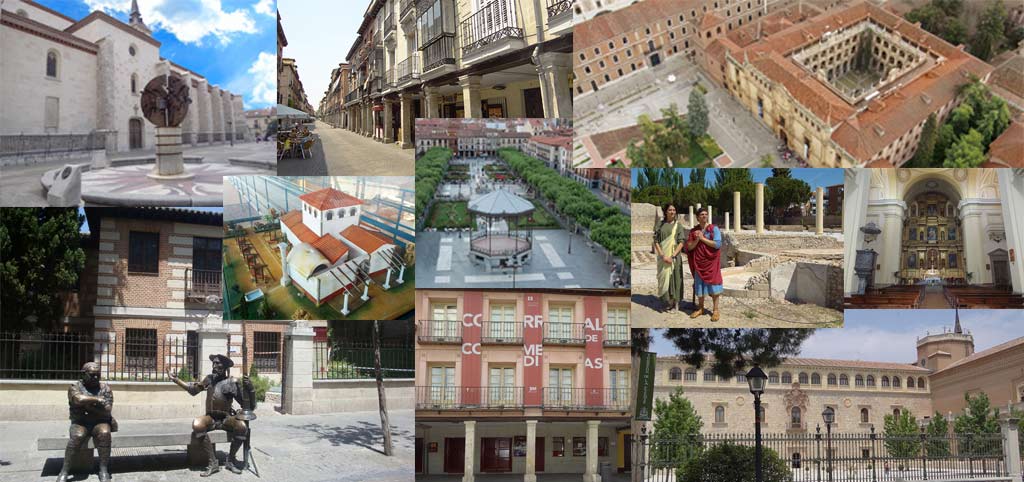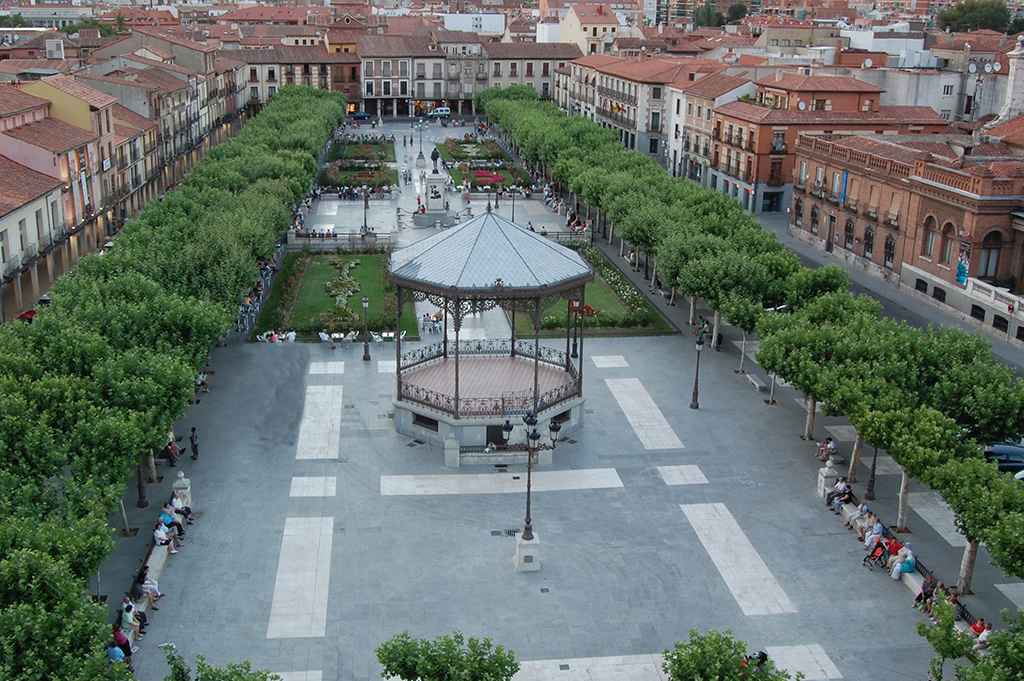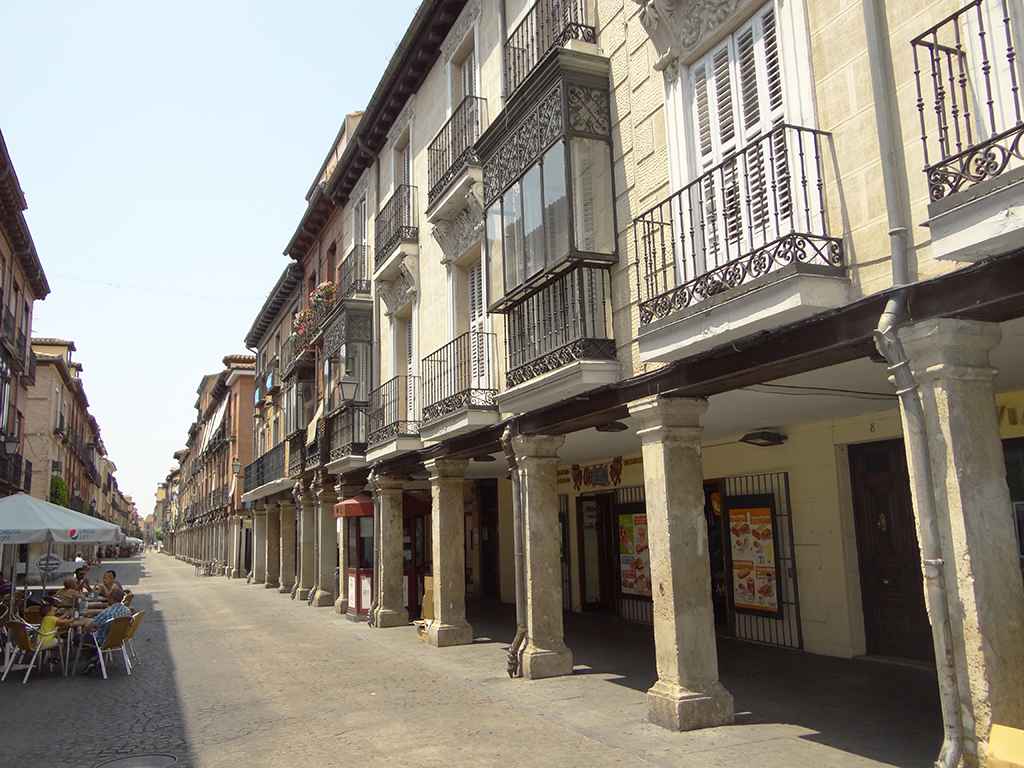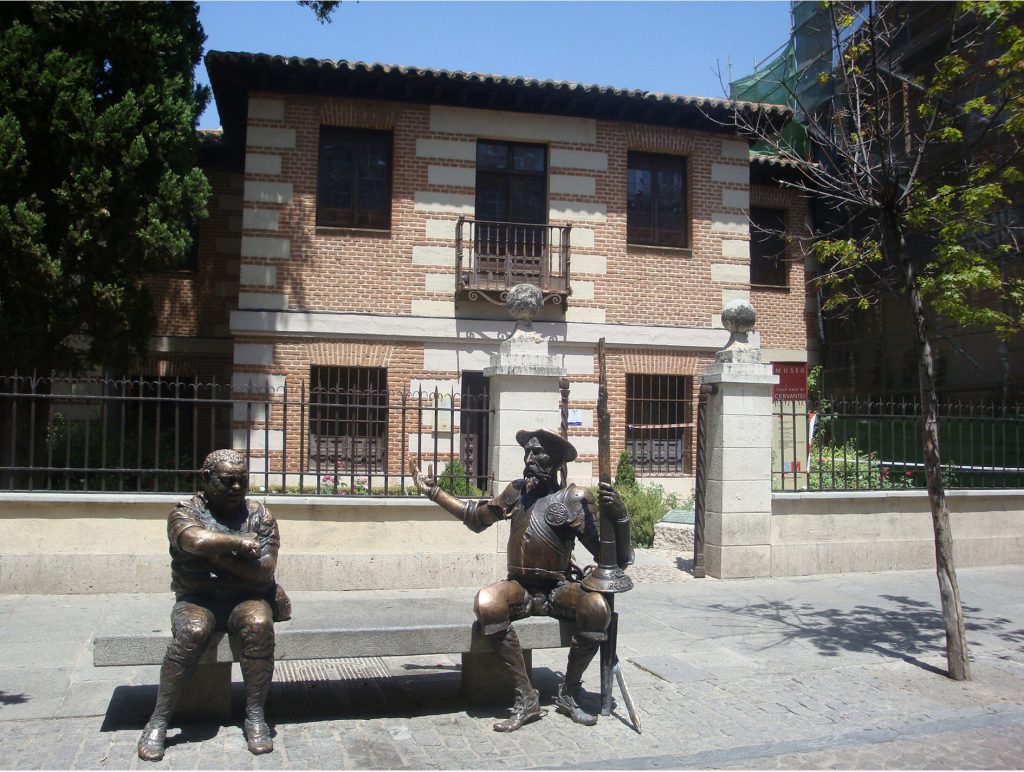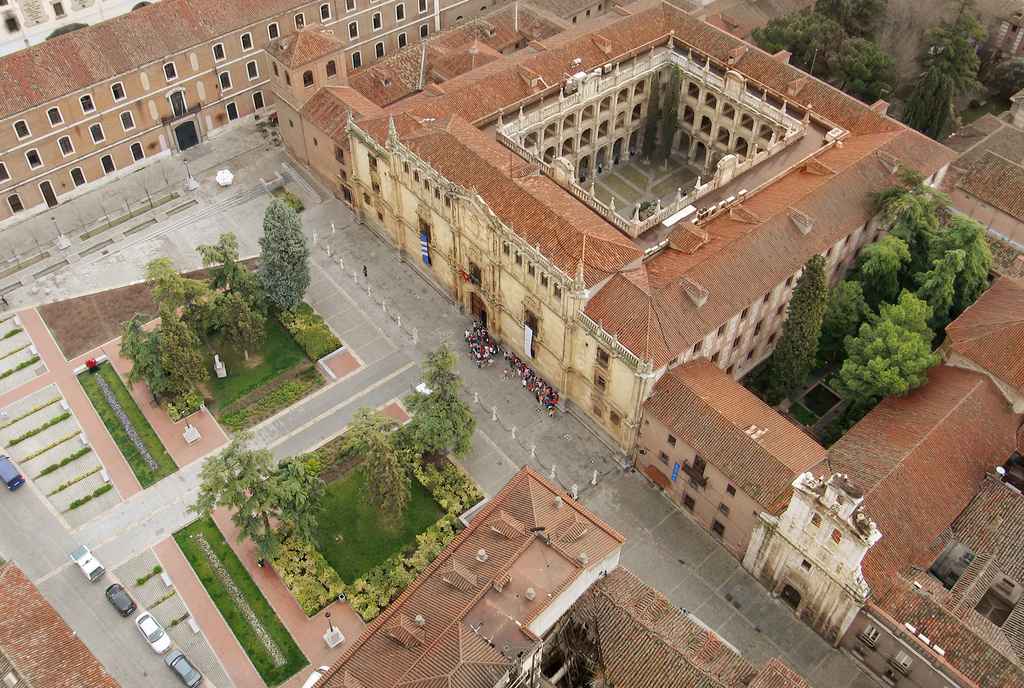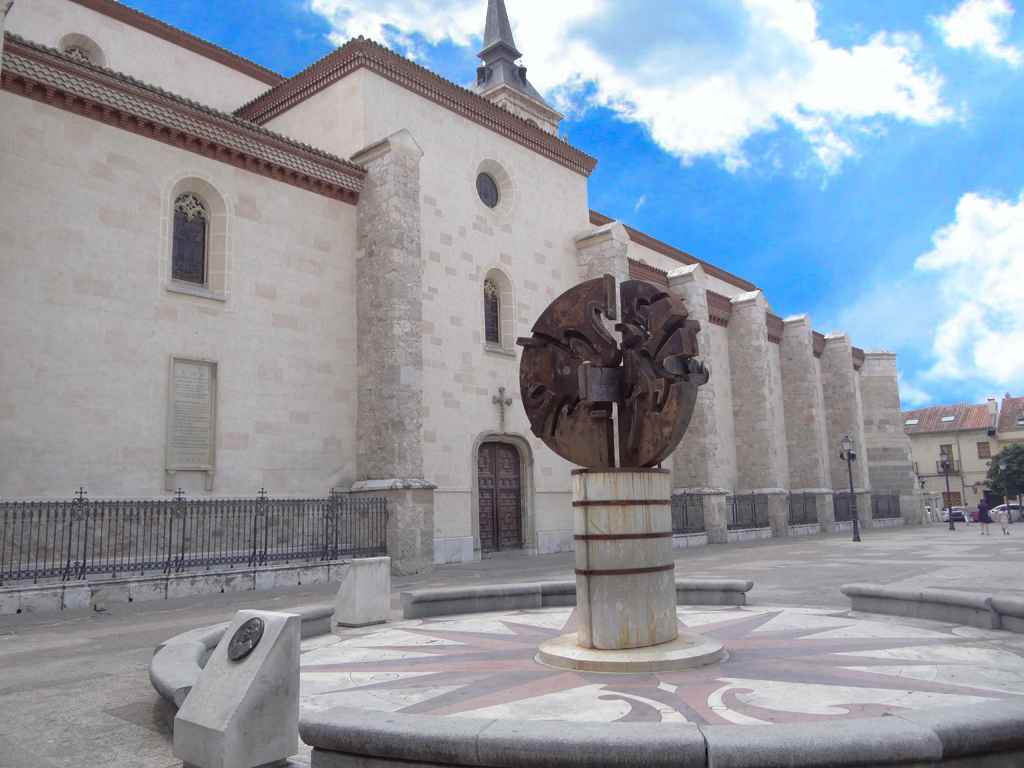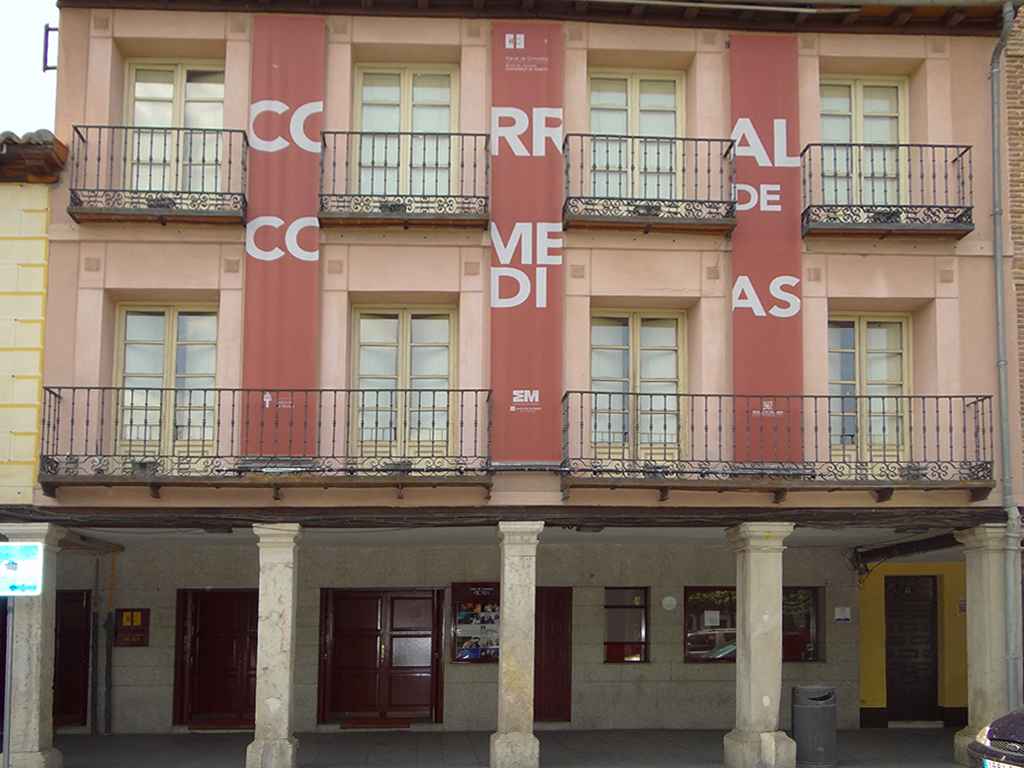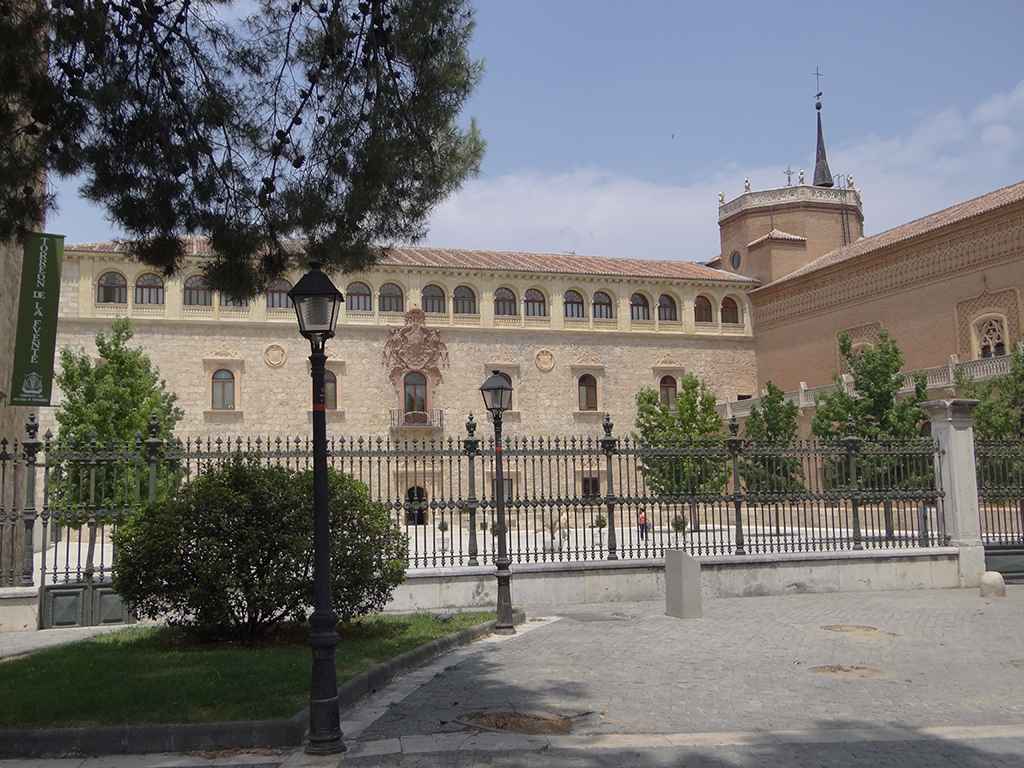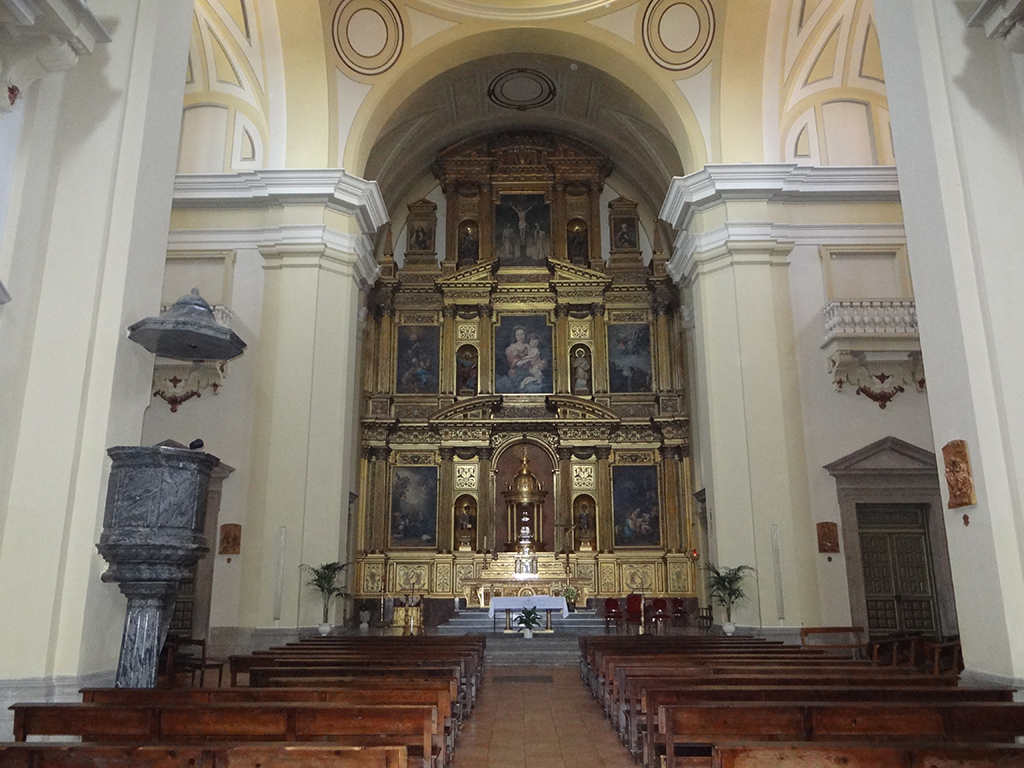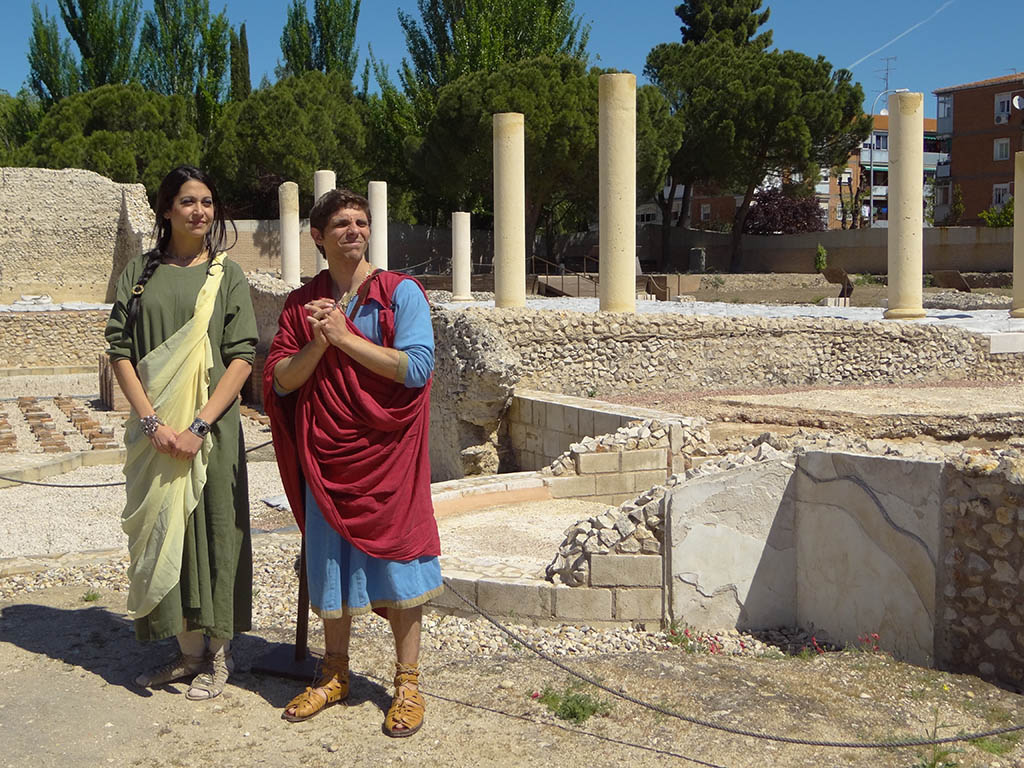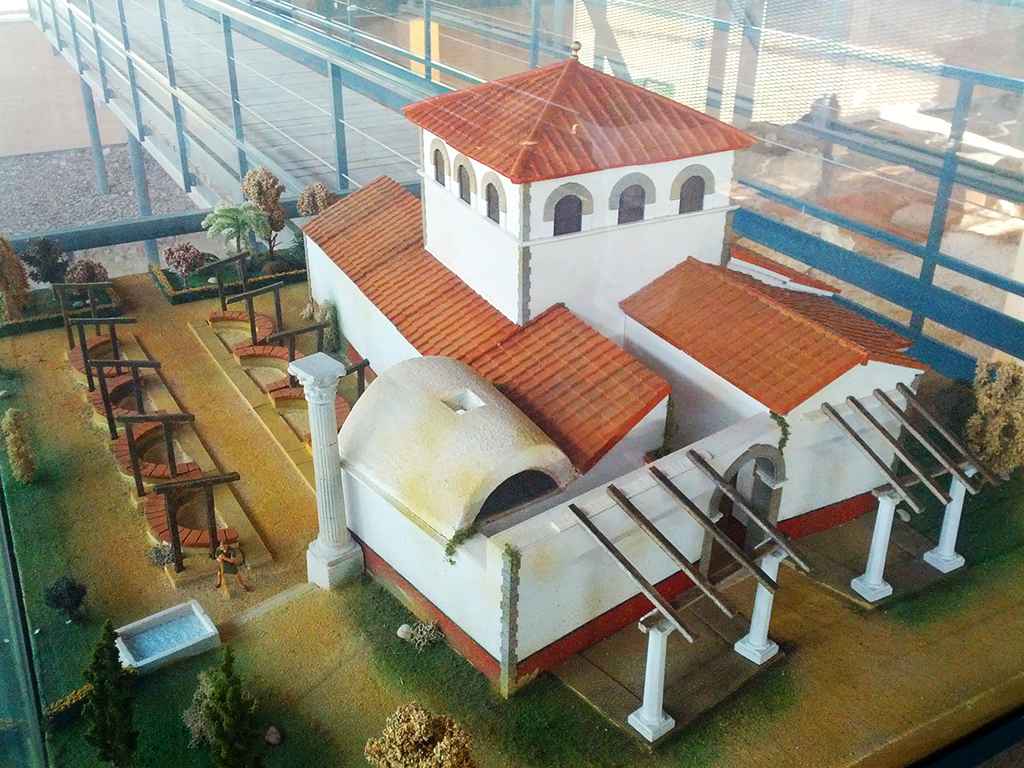Alcalá de Henares has many unique places. Discover the 10 places you shouldn’t miss on your visit to the city of Miguel de Cervantes.
We present our list of the 10 most exciting places in Alcalá de Henares. Ten places very different from each other, from the biggest square or one of the oldest universities of Spain, to one of the most important archaeological sites in Europe west of Pompeii.
It is a journey that can be easily made in a weekend. You can request a guided tour by going to the Municipal Tourism Office (Callejón de Santa María s/n, Tel 91 889 26 94) or making your own tour with the help of our free audio guides, Alcalá in just morning I and II.
Our list is not sorted in order of importance, since we name many different places and ordering it would always be a very subjective task. Therefore, we invite you to know a little better these places and build your own ordered list. And if you want to know more interesting places in Alcalá de Henares, feel free to visit our special page Places to visit, with the best collection of sites to visit in the city.
Our 10 Most Exciting Places in Alcalá de Henares
1 Plaza de Cervantes
At the very heart of Alcalá de Henares’ rich historical center, Plaza de Cervantes is, for both visitors and neighbors, the city’s core and main meeting point, where they can enjoy long promenades lined with trees and the impressive, very well maintained gardens that surround Miguel de Cervantes statue.
Alcalá de Henares has been listed as a World Heritage City—the only one within the Community of Madrid and one among the nine through Spain—thanks to its historical center, where Plaza de Cervantes stands out as the central jewel. The rectangular square is fortified by low height buildings that, along with its quiet aspect, provide a cozy charm with sluggish traffic. On weekends, the street becomes a pedestrian mall, where passers-by wonder around its perimeter completely covered by a canopy of trees, or visit one of many interesting places situated within it.
Read more about Plaza de Cervantes
2 Calle Mayor
Alcala’s calle Mayor is considered the main artery of the city’s centre and holds, along with its age —it dates back to the eighteenth century—, the value of being the longest street with arcades in its whole length in Spain, and the second in Europe, after Saint Luca portico in Bolonia.
Calle Mayor constitutes the perfect example of the fundamental role played by main streets in Spanish towns and cities, the epicenter of city daily live: work, arrangements, shopping, greetings and farewells… Whether working days or not, you will see people wondering around, and the families’ babble while going back and forth the street, sitting in bar terraces, or chatting on Sunday or Holy Days of Obligation.
Read more about Calle Mayor
3 Cervantes Birthplace Museum
The house where Miguel de Cervantes was born, on 29th of September of 1547, has been turned into a museum in which you can observe how was it like to live at the time Don Quixote’s author lived.
Cervantes Birthplace Museum is a monographic museum owned and managed by the Community of Madrid, situated in the building where, according to experts, the writer was born. It recreates the distinct atmospheres of a wealthy house of the sixteenth and seventieth centuries, by means of a setting that enables visitors to perceive the presence of its former inhabitants while going through their day-to-day routine.
Read more about Cervantes Birthplace Museum
4 Universidad de Alcalá
Third oldest university of Spain, The University of Alcalá de Henares was founded in 1499. Its monumentality was one of the key elements for Alcalá de Henares to become a member city of the World Heritage Center list of Unesco, in 1998.
The University of Alcalá de Henares was founded in 1499 by the minister of the Catholic Monarchs, Cardinal Francisco Jiménez de Cisneros, thanks to a papal bull of pope Alexander VI. By that time, Sancho IV the Brave, King of Castile, had already created the Estudio General de Alcalá, in 1293. Just like in Palencia, Salamanca, Valladolid or Santiago, this studio—or ecclesiastic school—set the seed of what afterwards will be turned into a university.
Read more about the Universidad de Alcalá
5 Magisterial Cathedral
The physical core of the Catholic presence in Alcalá during near 2,000 years is founded in the Alcalá’s Magisterial Cathedral. The city’s day-to-day life was determined by the Catholic religion, as it also happened in Spain and half Europe during centuries.
In 1995, a millennium and a half after its foundation, Alcalá was turned into a bishopric. In that moment, its Magisterial church—named in that way due to its centenary link with the Cisnerian University—became Magisterial Cathedral, whose tower offers a wonderful bird’s eye view of the city.
The existence of the city protector’s— the Saints Children, Justo and Pastor, whose religious commemoration and bank holiday are celebrated every August, 6th— has its origin linked to the cathedral. These two children or teenager were cut the throat of, by Order of the Diocletian emperor, due to their refusal of resigning their faith in Campo Laudable, in the year 305 (fourth century before Christ). Afterwards, the field held the construction of an old church that subsequently gave way to the Magisterial Cathedral that was built upon its remains. The stones where the children were tortured are kept into a Cathedral crypt.
Read more about the Catedral Magistral
6 Corral de Comedias of Alcalá
The Corral de Comedias of Alcalá de Henares dates back from 1601 and it is considered the oldest working theater of Europe. The building is a lively jewel that perfectly reflects the memory of the different periods it underwent. After its exquisite restoration, there are still echoing voices of Lope de Vega and Calderon de la Barca; their romantic nineteenth-century dramas and the cinema that worked in there until 1971.
The Corral de Comedias consisted of a stage—on a side backyard placed against the wall of the back house—and a garden—generally paved, in front of the scenery—as it can be observed in the case of Alcalá. Musketeers at the back of the corral and those placed at the bottom of the stage were the most thunderous and frightening collective, as the success or failure of works commonly depended upon their reactions. In order to control the crowd, there was a bailiff.
Read more about the Corral de Comedias of Alcalá
7 Archbishop’s Palace
During its eight centuries of existence, the Archbishop’s Palace has witnessed the interview between the Catholic Monarchs and Christopher Columbus that led to the voyages to the Americas. After suffering destructions, fires, reconstructions, expansions and top moments; nowadays, the palace is the central office of Alcalá de Henares’ bishopric.
Due to the Alcalá’s belonging to the Toledo archbishop’s jurisdiction during eight hundred years, the Archbishop’s Palace is named as such—where the most pre-eminent primates of all Spain resided. Thereupon, Alcalá de Henares always was in a position of religious power, which was also, during centuries, synonym of political dominance. Over time, the building suffered fires and destructions, but also reconstructions and embellishment. Hence, it has survived the worst mishaps until today.
Read more about the Archbishop’s Palace
8 Santa María la Mayor Church
Next to the Jesuit institution Colegio Máximo and as part of it, the Santa María la Mayor Church—with the Alcalá’s most monumental façade after that of the University—is placed.
Into the building of Santa María la Mayor Church, the façade and chapels stands out. Among these chapels, the renovated chapel of Santas Formas is dedicated to the miracle of the incorruptible collection of consecrated wafers.
Its construction started at 1567, but after three years, the works were stopped due to economic problems that were solved thanks to María and Catalina de Mendoza donations. Bartolomé de Bustamante’s father designed the building, and its construction was leaded by the architects Francisco de Mora and his nephew Juan Gómez de Mora, who finished it in 1620 and its façade five years after.
Read more about the Santa María la Mayor Church
9 Archaeological Site of Complutum
Complutum, the only Roman city within the Community of Madrid, holds the best Roman wall painting of all Spain.
Back to primary Iberian settlements two thousand years ago, Romans founded the old city of Complutum or Compluto, west part of current Alcalá, explaining why Alcalá’s inhabitants are named after Complutensians.
The great site of Complutum archaeological remains is founded next to the current neighborhood named Catholic Monarchs and to the old road—from Madrid to Barcelona—passing through the city. Several areas, where information of what Roman Alcalá’s constructions can be found, are able to be visited.
Read more about the Archaeological Site of Complutum
10 House of Hippolytus
Casa de Hippolytus is the first archaeological site of the Community of Madrid that was turned into a museum. Roman remains of the site—one of the best preserved of the region—were discovered in 1990 and able to visit in 1998.
Important discoveries in relation with Hispania were found decades ago among diverse excavations of the Roman city of Complutum. The most representative remain is Casa de Hippolytus, especially due to its mosaic and garden, also able to be visited since 1998.
The specialists who named the house did it after a tradition, that of relate the title with the most relevant elements of the excavation site content. It is thought that in the Pre-Roman period the construction set up in that place, probably devoted to a water deity, was buried under a Roman tavernae—shop or business premises—during the time of the emperor Claudius, first century after Christ.
However, in the middle of the third century after Christ, a deep reform was undertaken in order to raise the Colegio de Jóvenes, one of the few notable of Hispania.
Read more about the House of Hippolytus
More about Alcalá
What is your favorite place Alcalá?
Is it on this list or is a different place?
Sigue disfrutando de Dream Alcalá:
- Telegram: Recibe nuestras noticias y contenido exclusivo (clic aquí).
- Newsletter: Recibe cada tarde un correo con nuestras últimas noticias (clic aquí).
- YouTube: Suscríbete para ver nuestros mejores vídeos (clic aquí).
 Sé tú el periodista: envíanos tus fotos o noticias a través de Telegram.
Sé tú el periodista: envíanos tus fotos o noticias a través de Telegram.

